Home>Articles>Why Is My Carbon Monoxide Detector Beeping Every 30 Seconds?
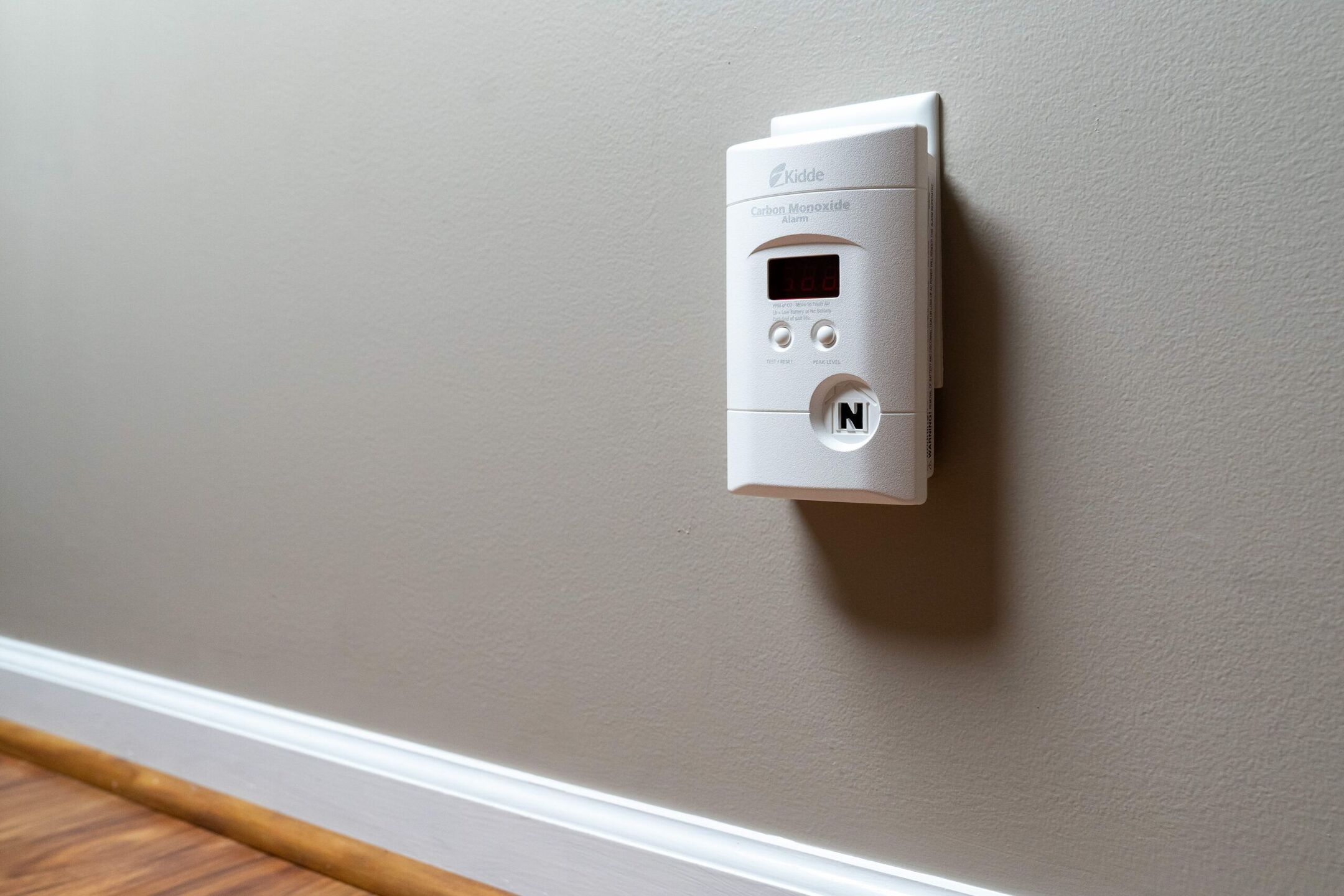

Articles
Why Is My Carbon Monoxide Detector Beeping Every 30 Seconds?
Modified: February 24, 2024
Discover why your carbon monoxide detector is beeping every 30 seconds with our informative articles. Learn how to troubleshoot and fix the issue.
(Many of the links in this article redirect to a specific reviewed product. Your purchase of these products through affiliate links helps to generate commission for Storables.com, at no extra cost. Learn more)
Introduction
Carbon monoxide (CO) is a colorless, odorless gas that can be extremely dangerous if present in high concentrations. It is produced by the incomplete combustion of fuels such as gas, oil, coal, and wood. The importance of having a functioning carbon monoxide detector cannot be overstated, as it serves as an early warning system to protect you and your loved ones from the potentially deadly effects of this gas.
One common issue that homeowners may encounter with their carbon monoxide detectors is the device beeping every 30 seconds. This persistent beeping can be frustrating and alarming. However, it should not be ignored, as it indicates a problem that needs to be addressed to ensure your safety.
Key Takeaways:
- Regularly check and replace the batteries in your carbon monoxide detector to prevent the beeping caused by low battery levels. This simple maintenance task ensures the continued functionality of the detector and safeguards your household from potential dangers.
- Address a beeping carbon monoxide detector promptly to protect yourself and your family from the serious risks of carbon monoxide exposure. Ignoring the issue can lead to health complications, fire hazards, and even carbon monoxide poisoning.
Read more: Why Does Carbon Monoxide Detector Beeps
Understanding Carbon Monoxide and Its Dangers
Before delving into the causes of a beeping carbon monoxide detector, it’s important to understand the dangers associated with this gas. Carbon monoxide is often referred to as the “silent killer” because its odorless and colorless nature makes it difficult to detect without the proper equipment. When inhaled, it binds to the hemoglobin in our blood, reducing its ability to carry oxygen. This can lead to a variety of symptoms, ranging from headaches and dizziness to nausea, confusion, and even loss of consciousness. In severe cases, carbon monoxide poisoning can be fatal.
Carbon monoxide can be generated by various sources in our homes, including faulty gas appliances, blocked chimneys, car exhaust fumes, and even burning charcoal. Ensuring that your carbon monoxide detectors are in good working condition is crucial for safeguarding your household.
Reasons Behind the Beeping
There are several potential reasons why your carbon monoxide detector may be beeping every 30 seconds. It’s important to investigate each possibility to determine the cause and take appropriate action. Here are some common reasons behind this beeping:
- Low battery: Most carbon monoxide detectors are battery-powered, and a low battery can trigger the beeping sound. Ensure that you replace the batteries regularly and test the detector once a month to avoid this issue.
- End of life warning: Carbon monoxide detectors have a limited lifespan, typically around 5-7 years. When they reach the end of their life, they emit a beeping sound to indicate that it’s time to replace them. Check the expiry date on your detector or refer to the user manual to determine if this is the cause of the beeping.
- Faulty sensors or malfunction: Occasionally, carbon monoxide detectors may experience sensor failures or malfunctions, leading to false alarms and beeping. In such cases, it’s important to follow the manufacturer’s instructions to troubleshoot the issue or seek professional assistance.
- Interference from other devices: Certain electronic devices, such as wireless routers, baby monitors, and even some household appliances, can interfere with the signal of carbon monoxide detectors, causing them to beep unnecessarily. It’s advisable to keep the detector away from potential sources of interference to minimize false alarms.
Identifying the specific reason behind the beeping is essential to take the appropriate course of action.
Key Takeaways:
- Regularly check and replace the batteries in your carbon monoxide detector to prevent the beeping caused by low battery levels. This simple maintenance task ensures the continued functionality of the detector and safeguards your household from potential dangers.
- Address a beeping carbon monoxide detector promptly to protect yourself and your family from the serious risks of carbon monoxide exposure. Ignoring the issue can lead to health complications, fire hazards, and even carbon monoxide poisoning.
Read more: Why Does Carbon Monoxide Detector Beeps
Understanding Carbon Monoxide and Its Dangers
Carbon monoxide (CO) is a toxic gas that is produced by the incomplete combustion of carbon-based substances. It is tasteless, odorless, and colorless, making it difficult to detect without the use of specialized detection equipment. This gas has the ability to displace oxygen in the bloodstream, leading to a lack of oxygen in the body’s organs and tissues.
In residential and commercial settings, carbon monoxide can be produced by a variety of sources. Some common sources include malfunctioning gas appliances, such as furnaces, water heaters, and stoves, as well as blocked chimneys and flues. Additionally, car exhaust fumes and the burning of fuels such as wood, coal, and gasoline can also release carbon monoxide into the air.
Exposure to carbon monoxide can have severe health effects. When inhaled, the gas binds to the hemoglobin in the bloodstream, preventing oxygen from being transported effectively throughout the body. This can lead to a range of symptoms, which can vary depending on the concentration of carbon monoxide in the air and the duration of exposure. Mild symptoms of carbon monoxide poisoning include headaches, dizziness, nausea, and fatigue. Prolonged exposure or exposure to higher concentrations can result in more severe symptoms, such as confusion, loss of consciousness, and even death.
One of the dangers of carbon monoxide is that its symptoms can easily be mistaken for other common ailments, such as the flu or food poisoning. This makes it crucial to have a functioning carbon monoxide detector in your home or workplace. These detectors are designed to sound an alarm when carbon monoxide levels reach dangerous concentrations, providing an early warning system for potential exposure.
It is important to note that certain groups of people are more vulnerable to the effects of carbon monoxide than others. Infants, the elderly, and individuals with pre-existing respiratory or cardiovascular conditions are at a higher risk and may experience more severe symptoms at lower concentrations.
Due to the potentially life-threatening nature of carbon monoxide exposure, it is essential to be proactive in preventing and detecting this gas. Regular maintenance and inspection of gas appliances, proper ventilation, and the installation of carbon monoxide detectors are all crucial steps in ensuring the safety of yourself and those around you.
Reasons Behind the Beeping
When your carbon monoxide detector is beeping every 30 seconds, it’s important to determine the cause of the issue. Here are some common reasons and possible solutions:
- Low battery: One of the most common causes of a carbon monoxide detector beeping is a low battery. Detectors are typically battery-powered, and when the battery voltage drops below a certain level, the device emits a beeping sound to indicate the need for replacement batteries. Change the batteries immediately to ensure proper functioning of the detector. It’s a good practice to replace batteries at least once a year, or according to the manufacturer’s recommendations.
- End of life warning: Carbon monoxide detectors have a limited lifespan, usually between 5 to 7 years. Over time, the sensors may degrade, leading to reduced effectiveness in detecting carbon monoxide. Detectors are designed to emit a beeping sound to indicate that they have reached the end of their life and need to be replaced. Check the expiry date on the detector or refer to the user manual for guidelines on when to replace it. It’s important not to ignore this warning and replace the detector promptly to ensure continued safety.
- Faulty sensors or malfunction: Occasionally, carbon monoxide detectors may experience sensor failures or malfunction. This can lead to false alarms and a consistent beeping sound. To troubleshoot this issue, try cleaning the sensors using a soft, dry cloth to remove any dust or debris that may be interfering with their operation. If the problem persists, consult the user manual for further troubleshooting steps or contact the manufacturer’s customer support for assistance. In some cases, a malfunctioning detector may require replacement.
- Interference from other devices: Certain electronic devices and appliances can cause interference with carbon monoxide detectors, leading to false alarms and beeping. Common culprits include wireless routers, baby monitors, and even some household appliances. If your detector is located near such devices, try moving it to a different location away from potential sources of interference. If the false alarms persist, consider consulting the manufacturer for guidance or using a different brand or model of detector that is less prone to interference.
Identifying the specific cause of the beeping is crucial for taking appropriate action. It’s important to address the issue promptly to ensure the continued functionality and reliability of your carbon monoxide detector.
Troubleshooting and Fixing the Issue
When faced with a carbon monoxide detector beeping every 30 seconds, it’s important to troubleshoot the issue and address it promptly. Here is a step-by-step guide to help you resolve the problem:
Step 1: Check the batteries
The first thing you should do is check the batteries in your carbon monoxide detector. Low battery voltage is a common cause of beeping. Replace the batteries with fresh ones and ensure they are properly installed. Test the detector to see if the beeping has stopped.
Step 2: Examine the expiration date
If the beeping continues after changing the batteries, check the expiration date on the detector. Carbon monoxide detectors have a limited lifespan, typically around 5 to 7 years. If your detector has reached its expiration date, it will beep to signal that it needs to be replaced. Follow the manufacturer’s instructions for proper disposal and get a new detector.
Step 3: Clean the sensors
If the beeping persists and the detector is relatively new, the sensors may be dirty or covered in debris. Carefully clean the sensors using a soft, dry cloth to remove any dirt or dust. This can help improve the detector’s performance and eliminate false alarms.
Step 4: Ensure proper ventilation
Improper ventilation can also trigger false alarms on carbon monoxide detectors. Make sure that there is sufficient air circulation around the detector and that it is not placed near sources of heat, humidity, or stagnant air. Proper ventilation can minimize false alarms and ensure the detector functions accurately.
Proper Maintenance Tips to Prevent Future Beeping Incidents
Regular maintenance is crucial to prevent future beeping incidents and ensure the effectiveness of your carbon monoxide detector. Here are some maintenance tips to keep in mind:
- Change the batteries at least once a year, or as recommended by the manufacturer.
- Test your carbon monoxide detector once a month to ensure it is working correctly.
- Keep the detector clean by wiping it with a soft, dry cloth regularly.
- Follow the manufacturer’s instructions for proper care and maintenance of your specific detector model.
- Replace the entire detector every 5 to 7 years or according to the expiration date indicated on the device.
When to Seek Professional Assistance
If you have followed the troubleshooting steps and the beeping persists, it may be necessary to seek professional assistance. Consider contacting the manufacturer’s customer support for further guidance or consult a qualified technician to inspect and service your carbon monoxide detector. A professional can diagnose and resolve any underlying issues that may be causing the beeping.
Remember, it’s crucial not to ignore a carbon monoxide detector that is beeping every 30 seconds. Taking the necessary steps to troubleshoot and resolve the issue will ensure your safety and peace of mind.
Importance of Addressing the Issue Promptly
When faced with a carbon monoxide detector beeping every 30 seconds, it is crucial to address the issue promptly to ensure the safety and well-being of yourself and your family. Ignoring the beeping can have severe consequences. Here are some potential risks and dangers associated with ignoring a beeping carbon monoxide detector:
Potential Risks and Dangers
1. Carbon Monoxide Poisoning: Carbon monoxide is a silent killer. It is a highly toxic gas that can cause serious harm or even death when inhaled in high concentrations. Ignoring a beeping carbon monoxide detector means you are neglecting a potential warning of the presence of this deadly gas. Prolonged exposure can lead to symptoms such as headaches, dizziness, nausea, confusion, and, in severe cases, loss of consciousness and death.
2. Health Effects: Even at low concentrations, carbon monoxide can have adverse health effects. Chronic exposure to low levels of carbon monoxide can lead to long-term health issues, including cardiovascular problems, neurological damage, and respiratory disorders. Ignoring the beeping of a carbon monoxide detector puts you and your family at risk of developing these health complications.
3. Fire Hazards: Carbon monoxide is often a byproduct of incomplete combustion. Ignoring a beeping carbon monoxide detector could indicate a problem with a gas appliance or a potential fire hazard. Faulty gas appliances increase the risk of fires and explosions in your home or workplace. Taking immediate action in response to the beeping can help prevent potential fire incidents.
Protecting the Health and Safety of Yourself and Your Family
Addressing a beeping carbon monoxide detector immediately is essential for protecting the health and safety of yourself and your family. Here’s what you can do:
- Evacuate: If the carbon monoxide detector is beeping and you suspect the presence of carbon monoxide, evacuate the premises as soon as possible. Move to a safe location outside the building and call emergency services to report the potential carbon monoxide leak.
- Open Windows and Doors: While ensuring your safety, if it is safe to do so, open windows and doors to ventilate the space and allow fresh air in. This can help lower the concentration of carbon monoxide in the affected area.
- Do Not Ignore the Issue: Ignoring a beeping carbon monoxide detector is risking the health and safety of your loved ones. Take the necessary steps to identify and resolve the problem or seek professional assistance if needed. Remember, taking prompt action can save lives.
- Regular Maintenance: Maintain your carbon monoxide detectors by regularly testing them, replacing batteries, and ensuring they are in good working condition. Conduct routine inspections of gas appliances to detect any potential issues that may result in a carbon monoxide leak.
- Stay Informed: Educate yourself and your family about the dangers of carbon monoxide, its potential sources, and the importance of a reliable carbon monoxide detector. Knowing how to recognize the symptoms of carbon monoxide poisoning can help you take immediate action if needed.
Ensuring your carbon monoxide detectors are in working order and responding promptly to any beeping can save lives and protect the health of your household. Your vigilance and attention to this issue are paramount for your well-being.
Conclusion
In conclusion, a carbon monoxide detector beeping every 30 seconds is not a sound to be ignored. In this article, we have discussed the importance of addressing this issue promptly, as well as the potential risks and dangers associated with ignoring a beeping carbon monoxide detector.
We started by understanding carbon monoxide and its characteristics, including where it can come from and the adverse health effects of exposure. It is a toxic gas that can be produced by various sources in residential and commercial settings.
Next, we explored the reasons behind the beeping, which included low battery levels, end-of-life warnings, faulty sensors or malfunctions, and interference from other devices. Troubleshooting steps were provided to help resolve the issue, along with proper maintenance tips to prevent future incidents.
We emphasized the importance of addressing the issue promptly to avoid potential risks and dangers. Ignoring a beeping carbon monoxide detector can lead to carbon monoxide poisoning, health complications, and increased fire hazards.
Protecting the health and safety of yourself and your family should be a top priority. Evacuating the area, opening windows and doors for ventilation, and not ignoring the issue are all crucial steps to take. Regular maintenance of carbon monoxide detectors and staying informed about the dangers associated with carbon monoxide are key for prevention and early detection.
In conclusion, it is vital to address a beeping carbon monoxide detector immediately. By doing so, you are taking proactive steps to ensure the safety and well-being of your household. Don’t underestimate the importance of a functioning carbon monoxide detector in protecting yourself and your loved ones from the potentially life-threatening effects of carbon monoxide exposure.
Remember, your quick response to a beeping carbon monoxide detector can make a significant difference. Prioritize the safety of your household and take the necessary steps to resolve the issue promptly.
Frequently Asked Questions about Why Is My Carbon Monoxide Detector Beeping Every 30 Seconds?
Was this page helpful?
At Storables.com, we guarantee accurate and reliable information. Our content, validated by Expert Board Contributors, is crafted following stringent Editorial Policies. We're committed to providing you with well-researched, expert-backed insights for all your informational needs.
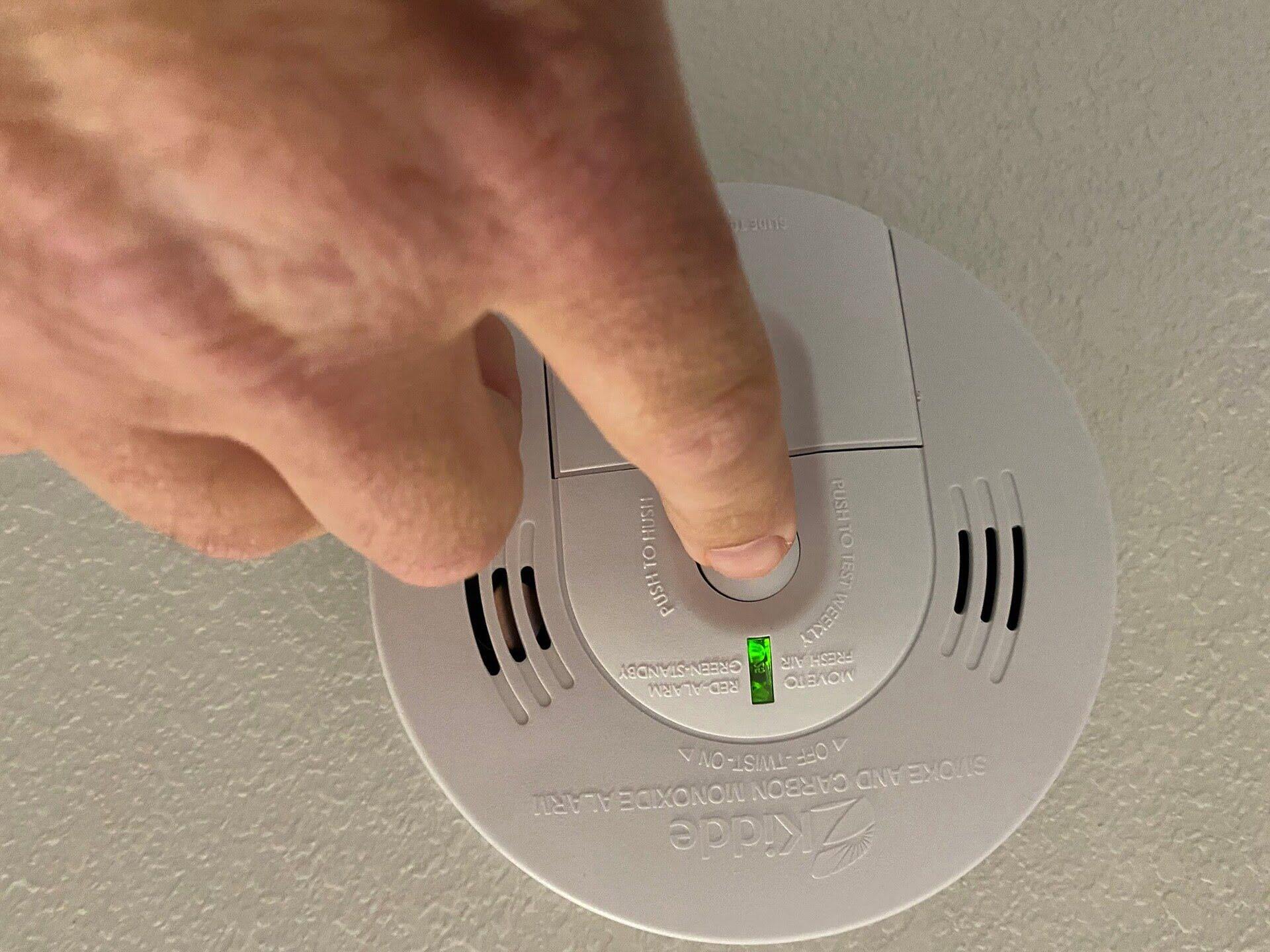
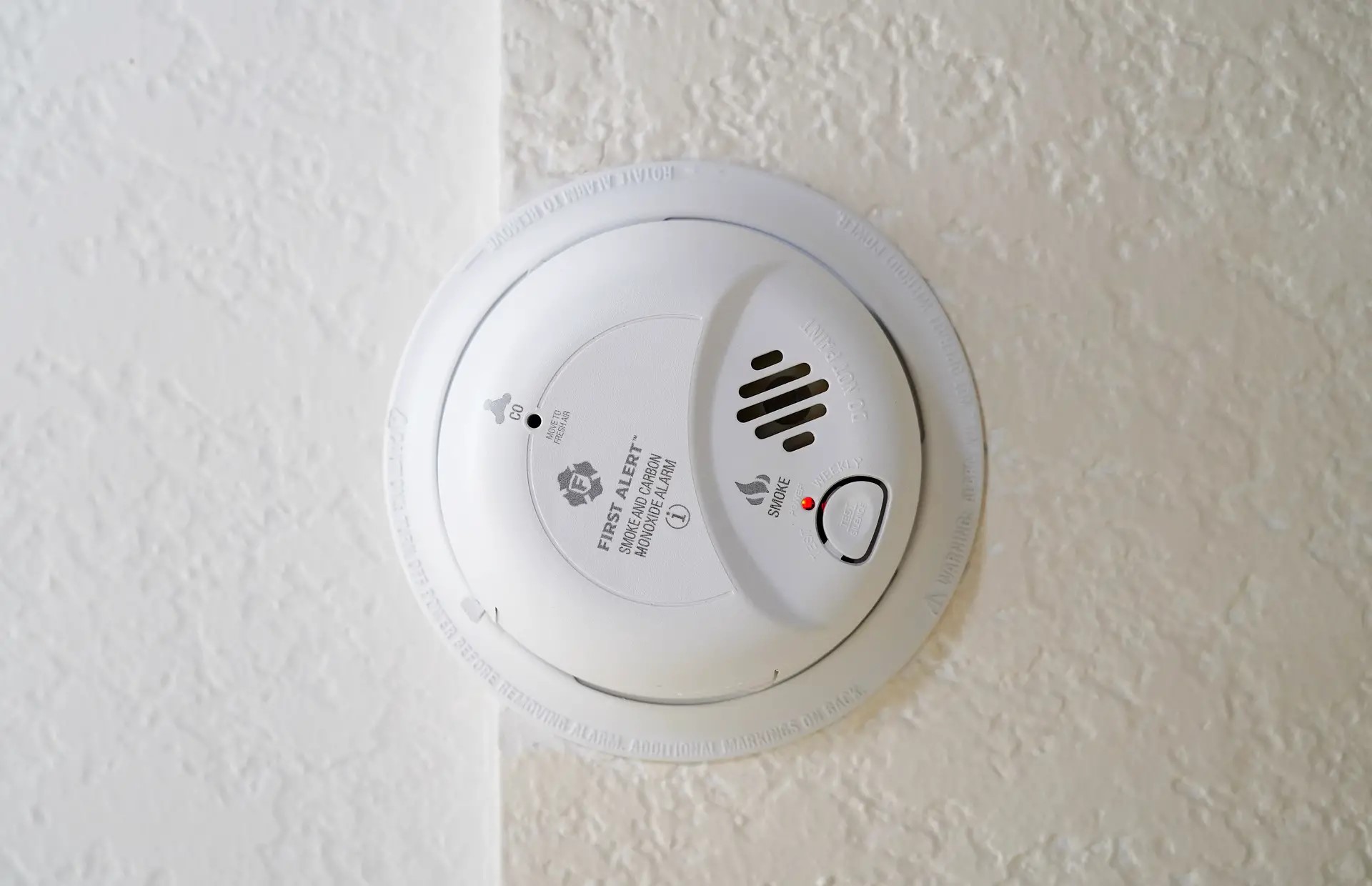
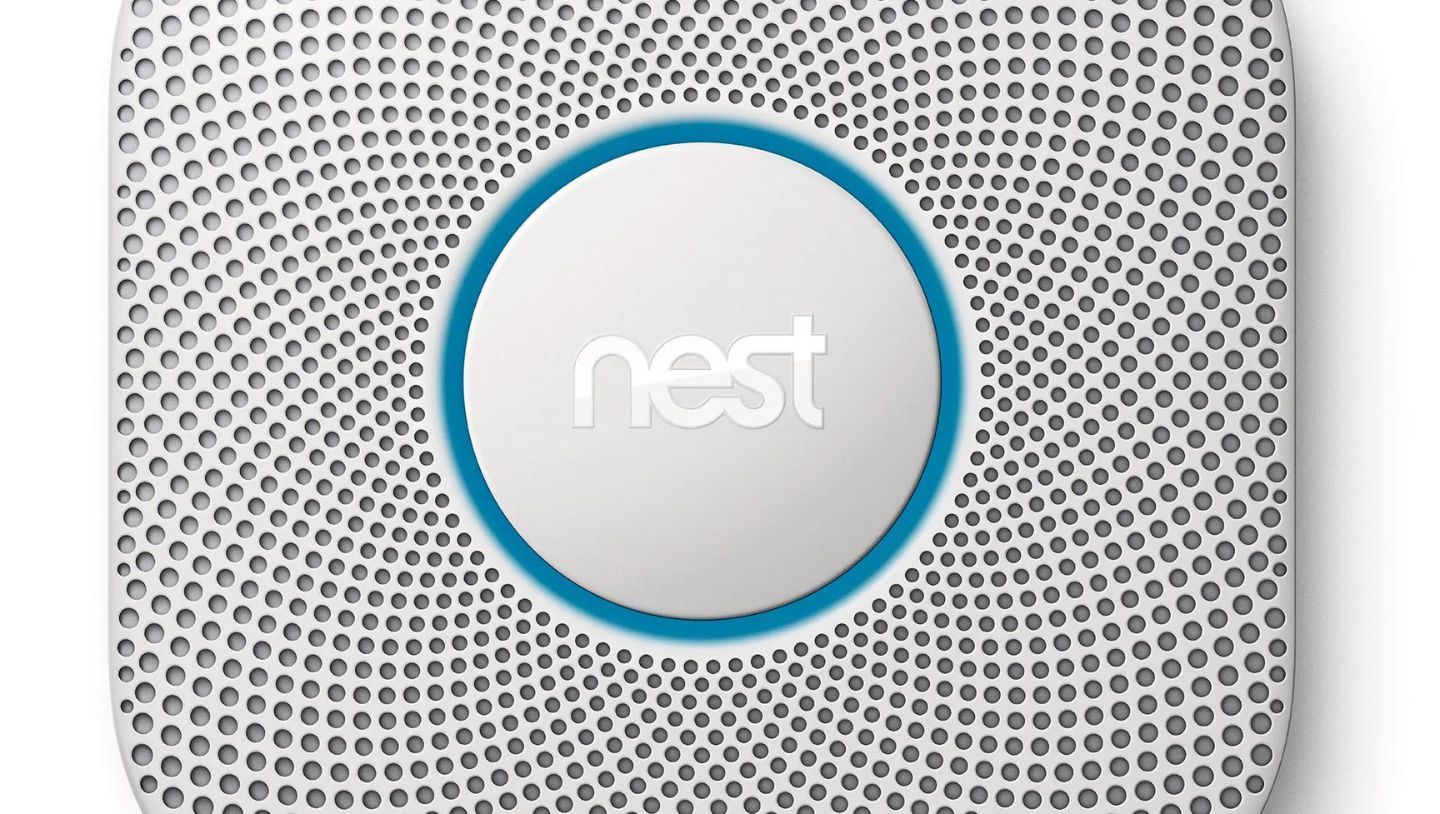
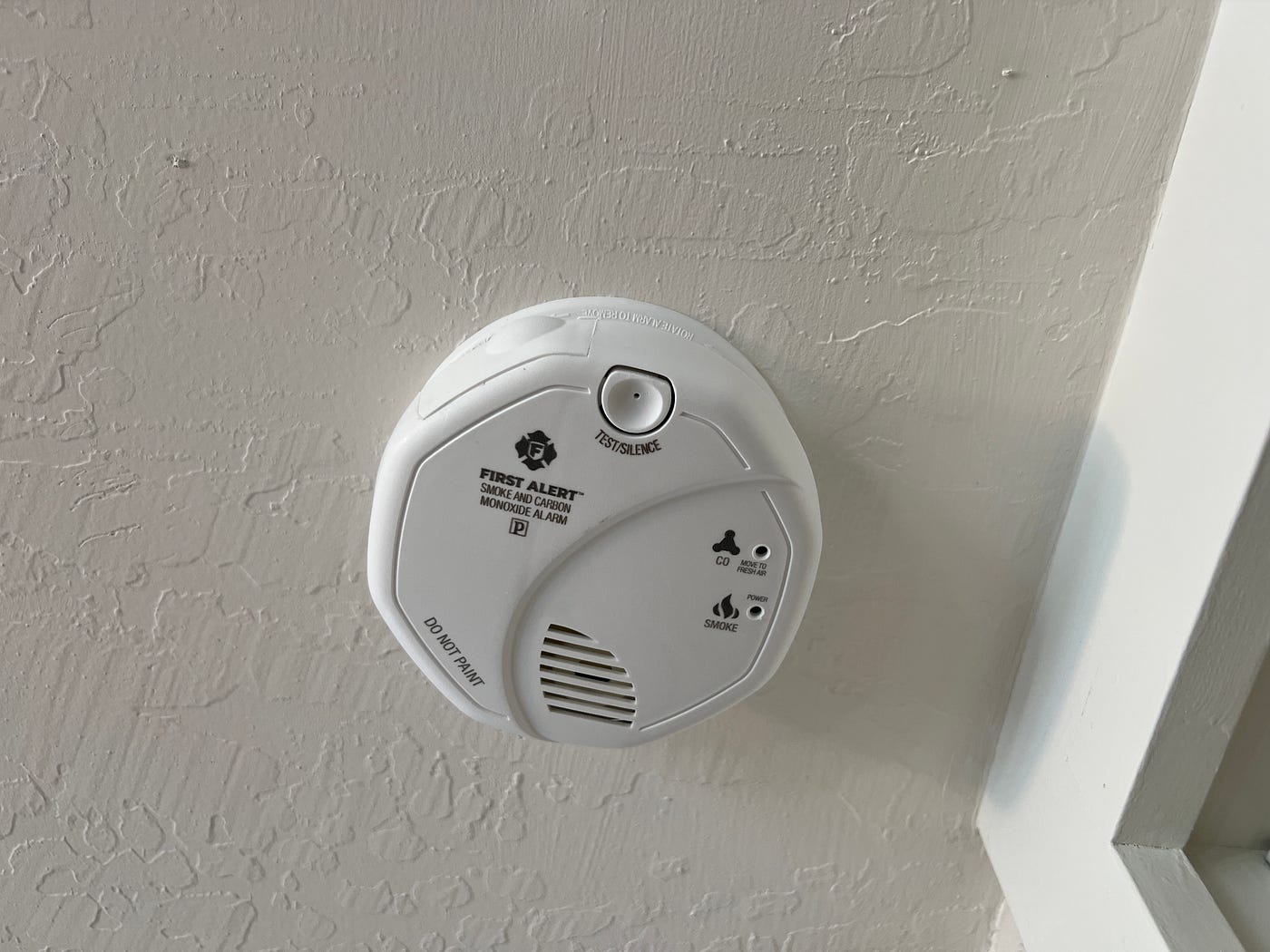
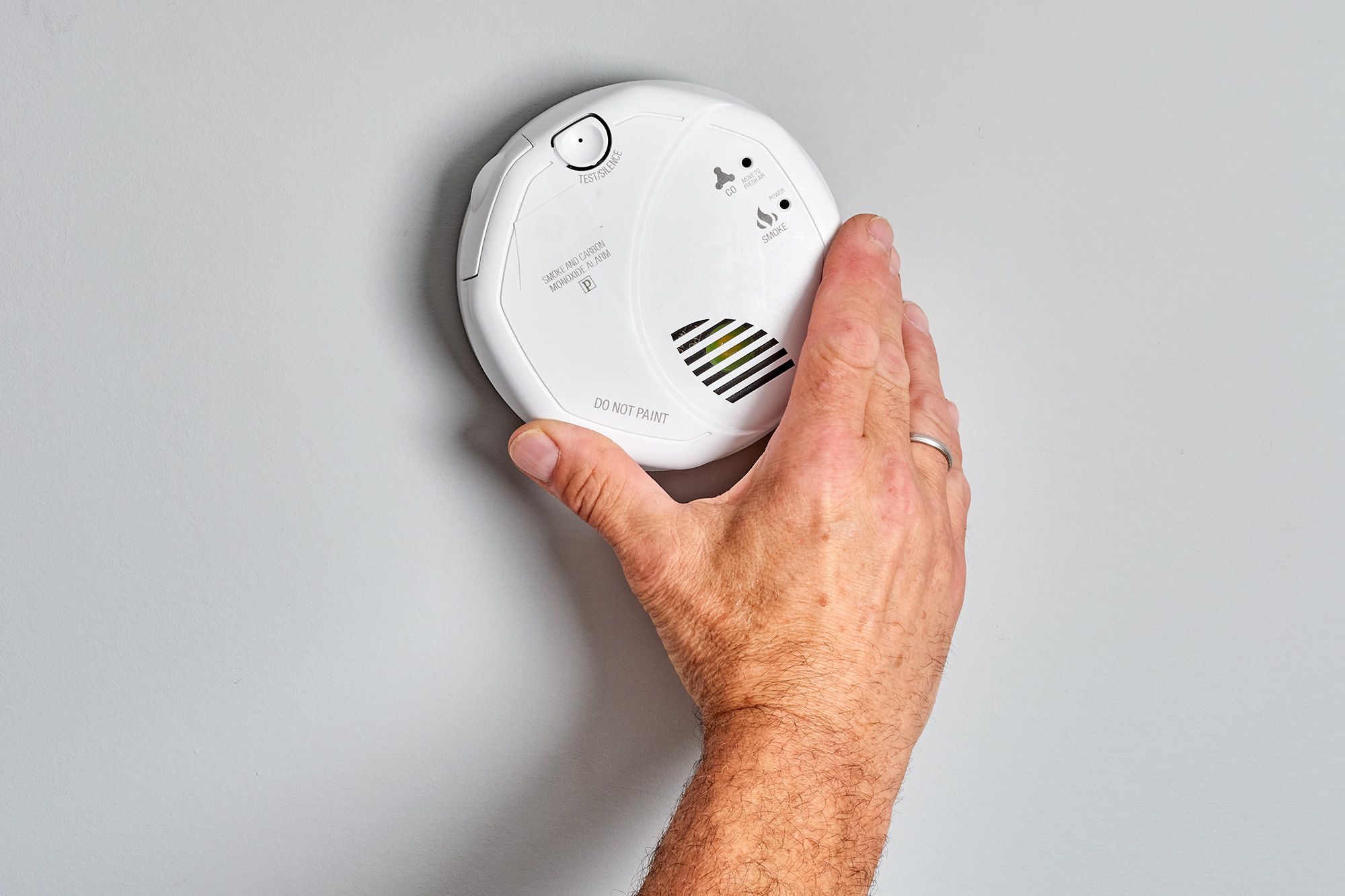
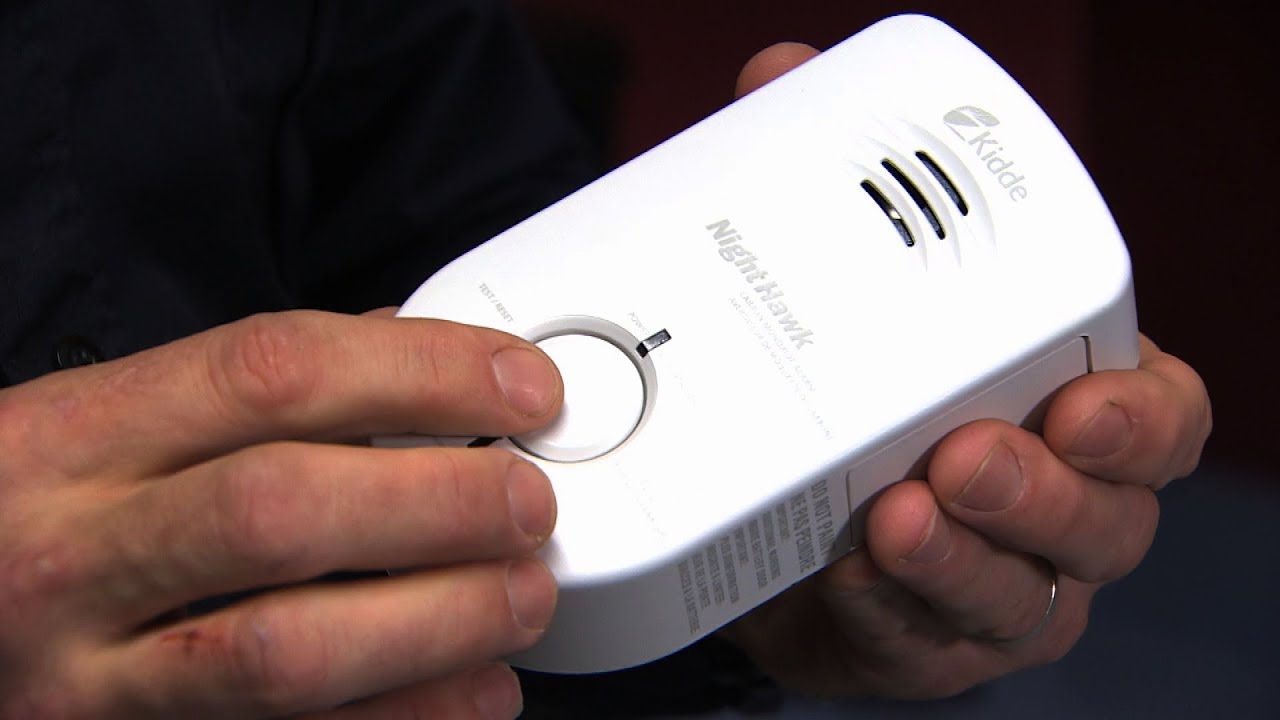
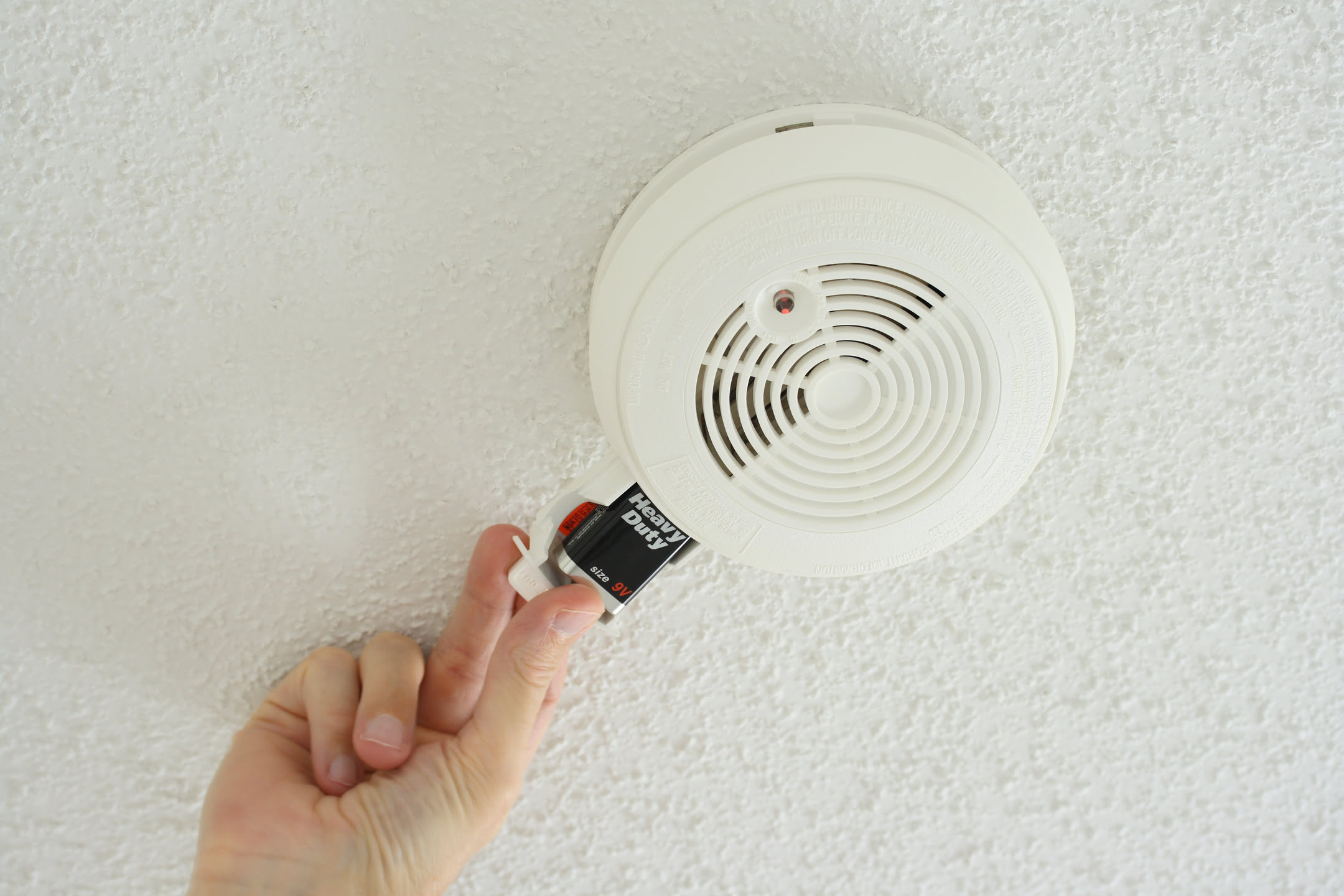
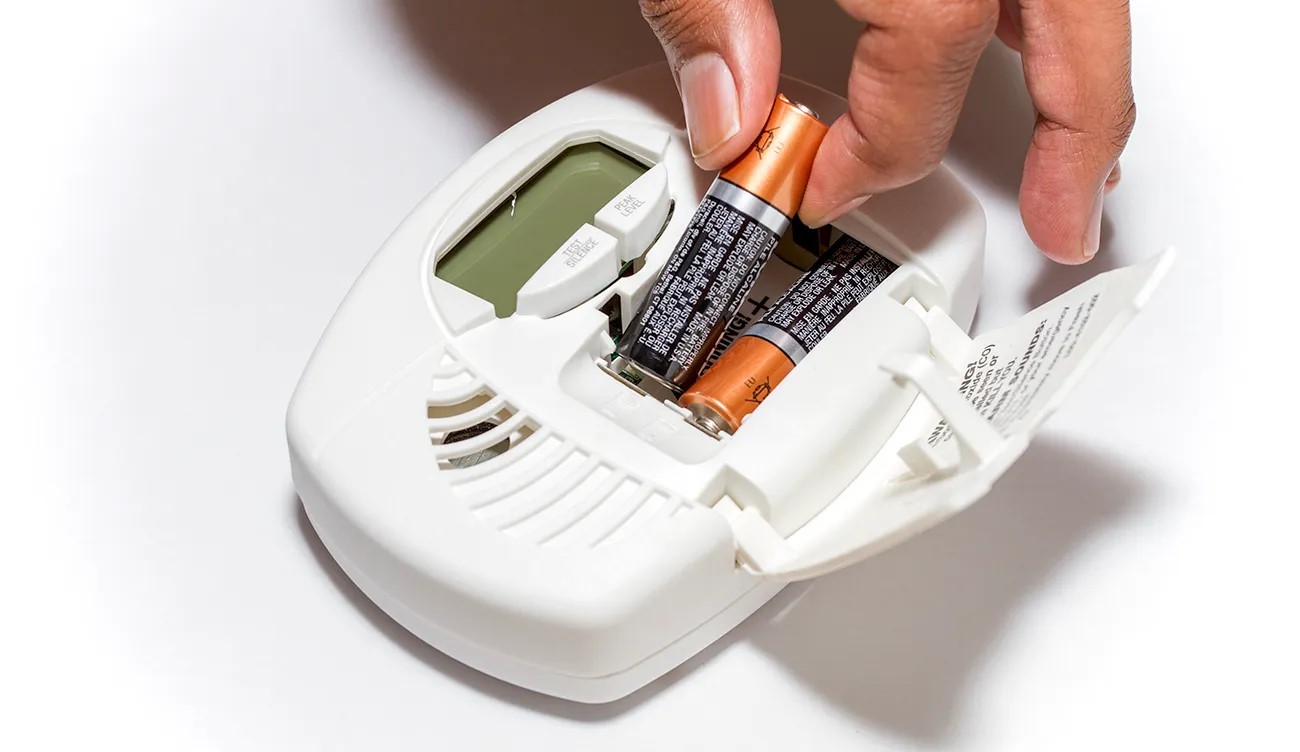
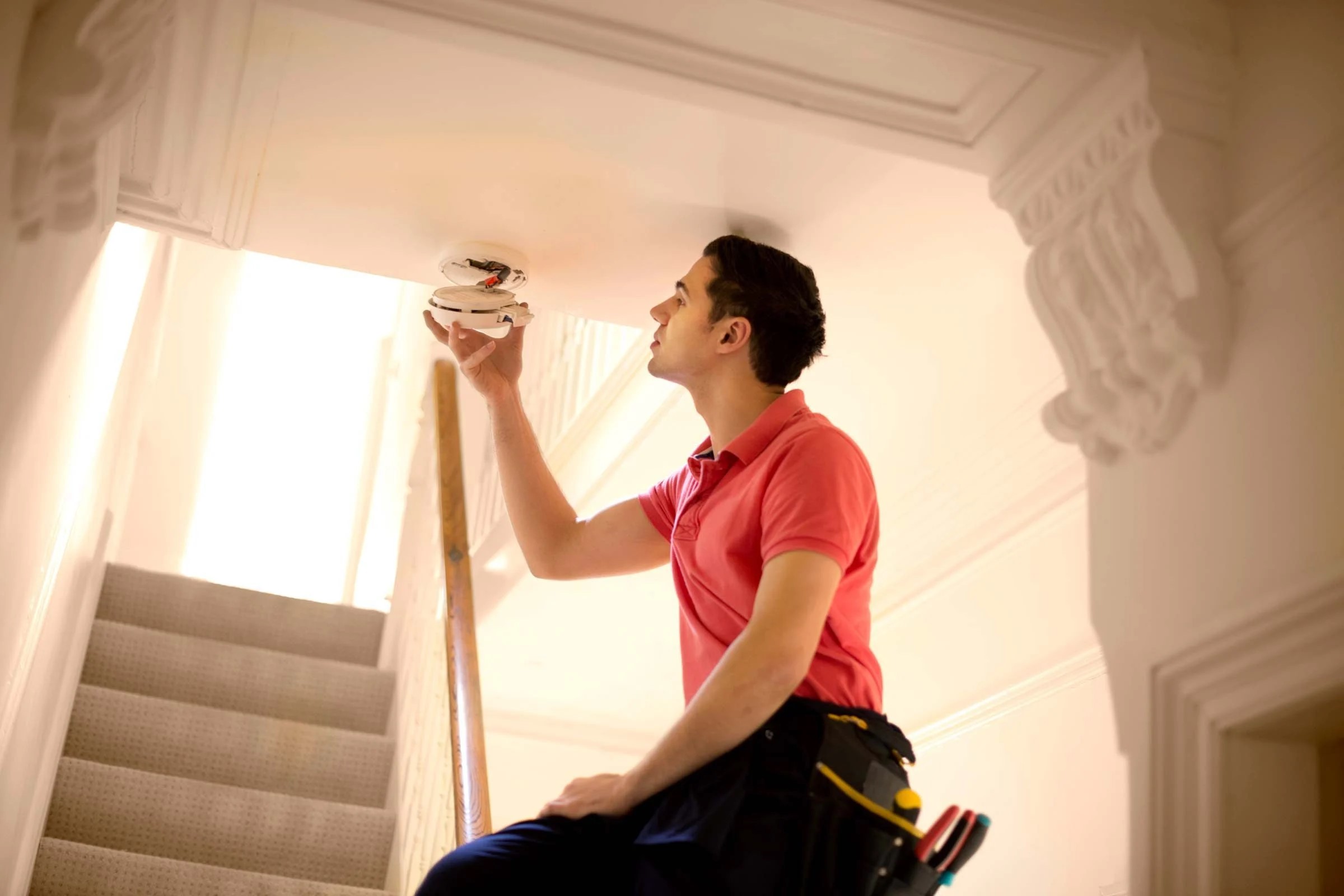
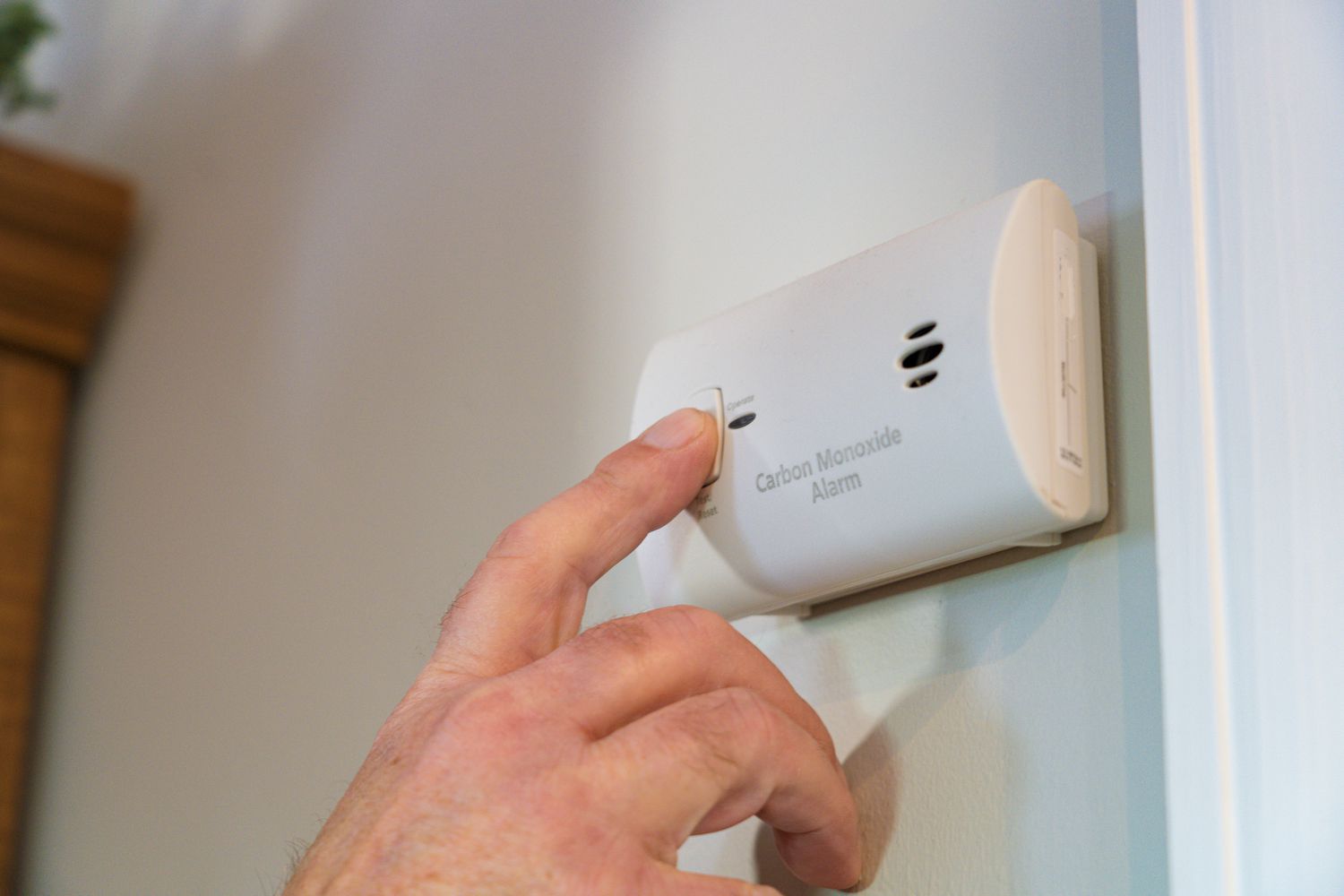
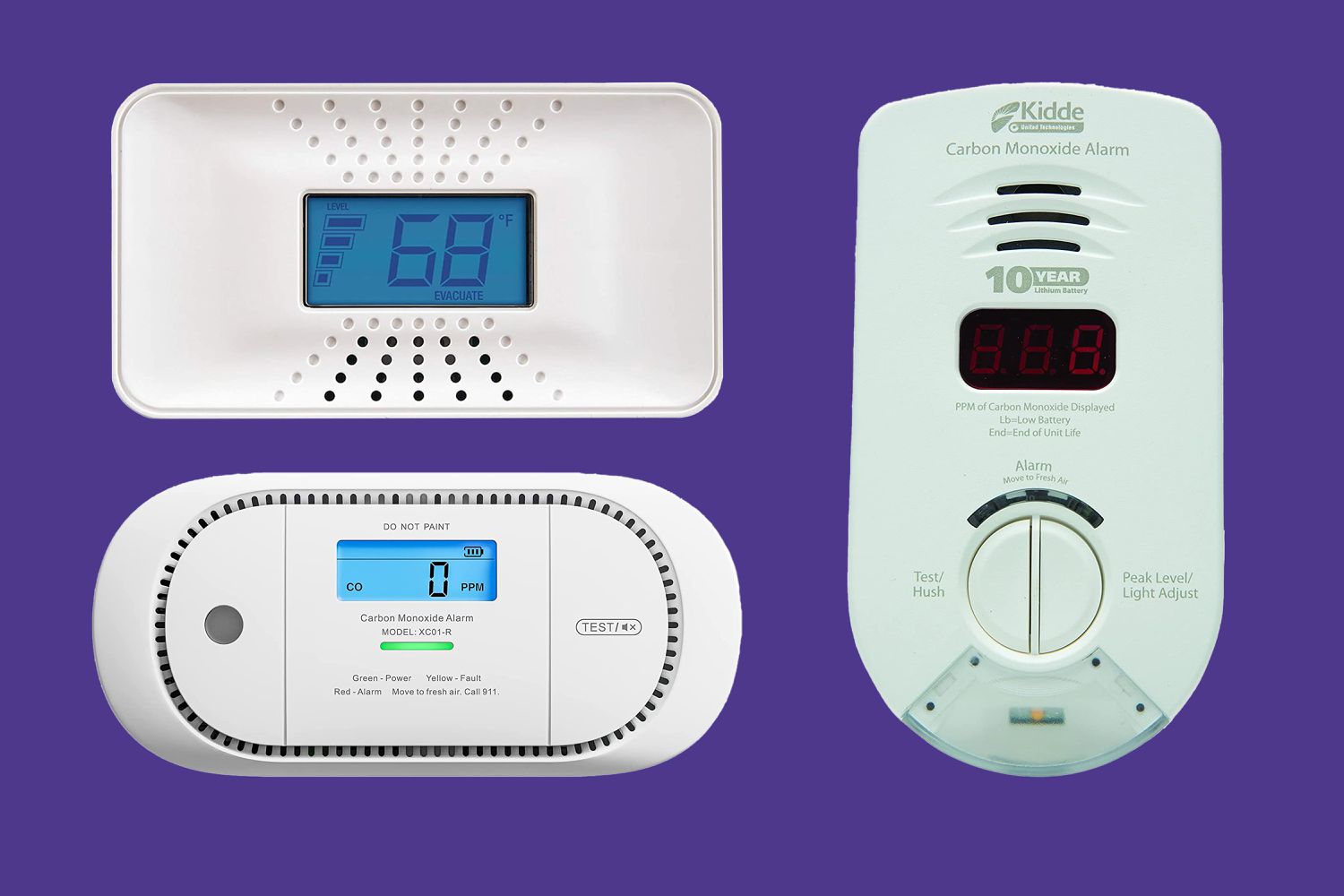
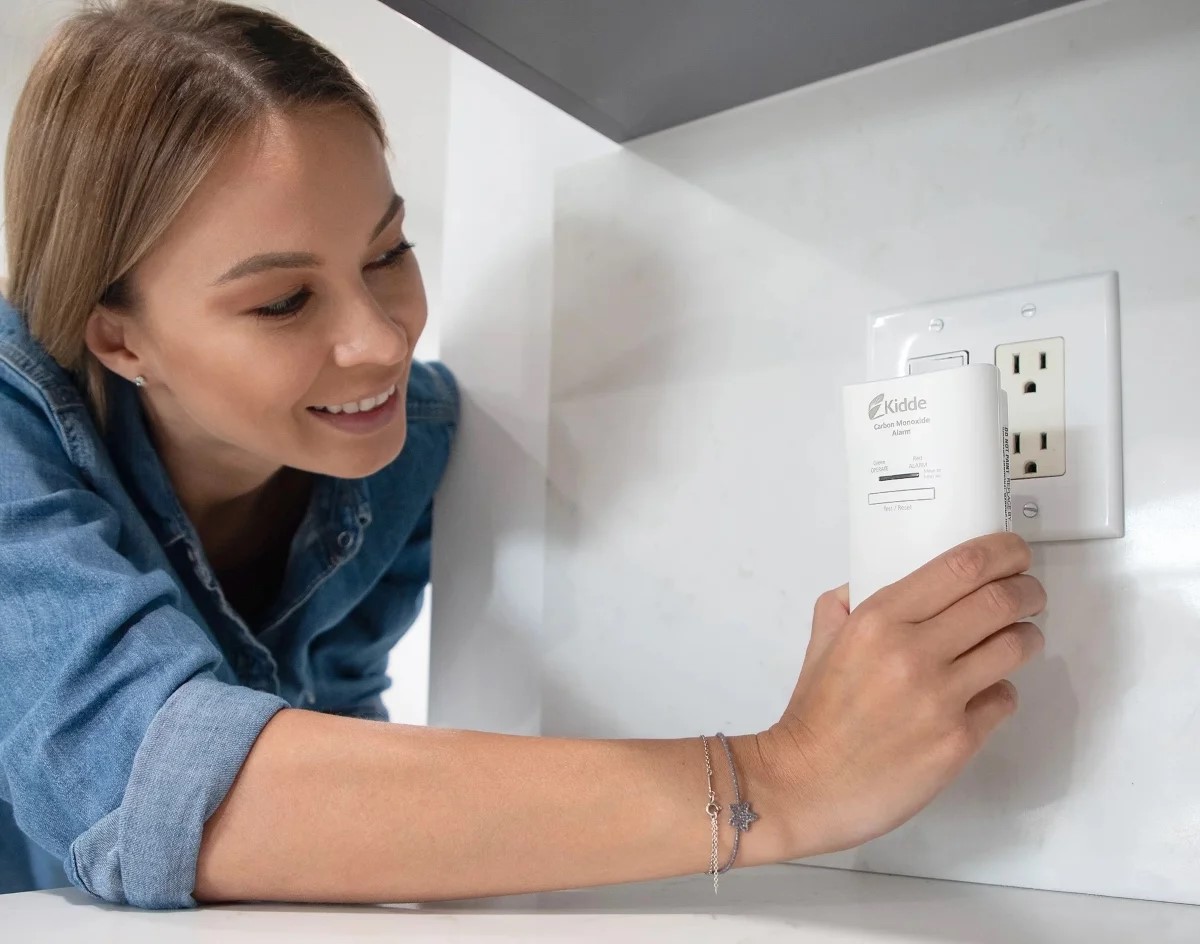

0 thoughts on “Why Is My Carbon Monoxide Detector Beeping Every 30 Seconds?”